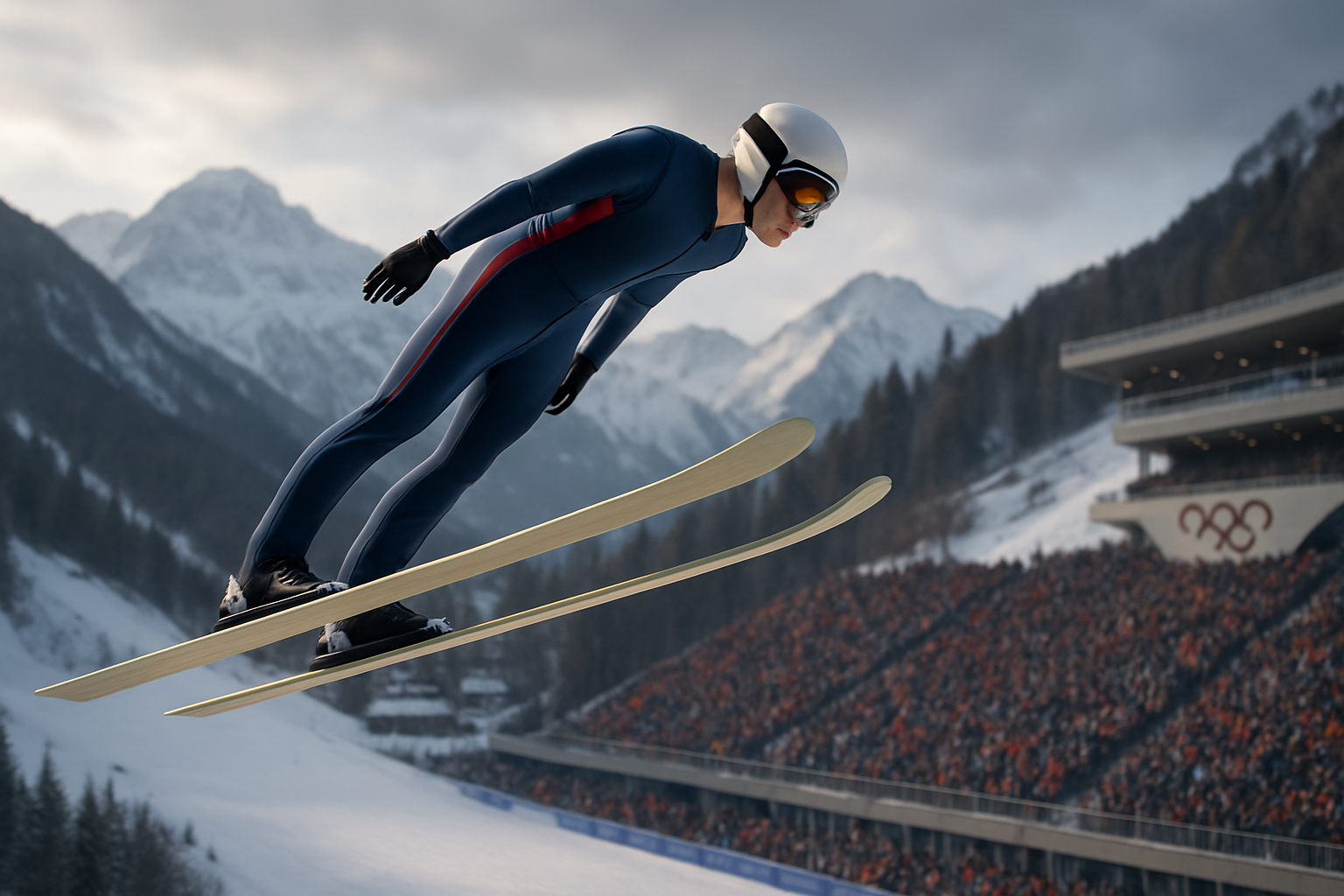Ski Clothing and Helmets: Practical Guide for Winter Sport
Choosing the right ski clothing and a properly fitted helmet is central to enjoying skiing safely and comfortably in winter conditions. Clothing and helmets control temperature, manage moisture, protect from wind and impact, and influence mobility and visibility on the slopes. This guide covers helmet features, jacket choices, layering strategies, material effects on performance, and where to get local fitting services so you can make informed choices that match your needs and the conditions you expect to face.

What ski helmet features matter?
A ski helmet should balance fit, protection, and comfort. Key points include a secure fit (snug without pressure points), an adjustable retention system, and compatibility with goggles and any eyewear. Look for helmets meeting recognized safety standards appropriate in your region; many helmets show certifications indicating they passed impact tests. Ventilation, removable liners for washing, and audio compatibility are practical features. Some helmets include rotational-impact protection systems; whether to choose those depends on personal preference and available certified options. Always follow the manufacturer’s guidance for fit and replacement after significant impacts.
How to choose a ski jacket?
A ski jacket needs to protect from wind, snow, and moisture while allowing sweat to escape. Consider whether you want an insulated jacket (warmer, good for cold conditions) or a shell (versatile, allows flexible layering). Waterproof ratings commonly range from about 5,000 mm to 20,000 mm, and breathability is often expressed in grams per square meter (g/m²) or MVTR; higher numbers generally indicate better protection or breathability. Look for taped seams, waterproof zippers, and practical pocket placement for lift passes and essentials. Hood design, powder skirt, and articulated sleeves affect comfort while skiing and should match your typical winter conditions and mobility needs.
How to layer for winter skiing?
Effective layering uses three basic layers: a moisture-wicking base layer, insulating mid layer, and protective outer layer. Base layers that move sweat away from skin—merino wool or synthetic fabrics—help regulate temperature. Mid layers add insulation; fleece or lightweight down and synthetic options offer different warmth-to-weight trade-offs. The outer layer (jacket and pants) adds waterproofing and wind resistance. Adjust layers to activity level and weather: more vigorous skiing may require lighter insulation and higher breathability, while cold, low-activity days call for thicker mid layers. Proper layering keeps you dry and helps prevent chill without restricting movement.
How do clothing materials affect performance?
Materials determine warmth, weight, durability, and moisture management. Down insulation offers high warmth-to-weight in dry conditions but loses insulating power when wet; synthetic insulation retains more warmth when damp and dries faster. Waterproof membranes (branded or generic) vary in how they balance waterproofing and breathability—some use laminated layers for long-term protection, others use durable water-repellent (DWR) coatings on outer fabrics. Fabrics with reinforced panels in high-wear areas can extend garment life for regular skiing. Consider trade-offs: heavier, more protective materials increase warmth and weather resistance but may reduce packability and breathability.
Where to find local services for fitting?
Local ski shops, rental centers, and specialty outdoor retailers in your area often provide helmet and ski clothing fitting services. These services typically include size fitting, advice on helmet retention adjustments, and guidance on layering for regional conditions. Many shops can help match jacket cut and length to body shape and skiing style, and rental shops allow you to test helmet fit before purchase. When visiting, bring the goggles and hat or balaclava you’ll normally wear so fit checks mirror real use. For technical adjustments, ask about certified fitters or shop technicians who can demonstrate proper helmet alignment and strap adjustment.
This article is for informational purposes only and should not be considered medical advice. Please consult a qualified healthcare professional for personalized guidance and treatment.
In summary, selecting ski clothing and helmets involves balancing protection, comfort, and functionality for the winter sport conditions you expect. Prioritize a helmet with a secure fit and recognized safety markings, choose a jacket system that matches your typical weather and activity level, and use layered clothing to manage temperature and moisture. Local fitting services can help refine choices so gear fits well with your skiing style and keeps you safe and comfortable on the slopes.






